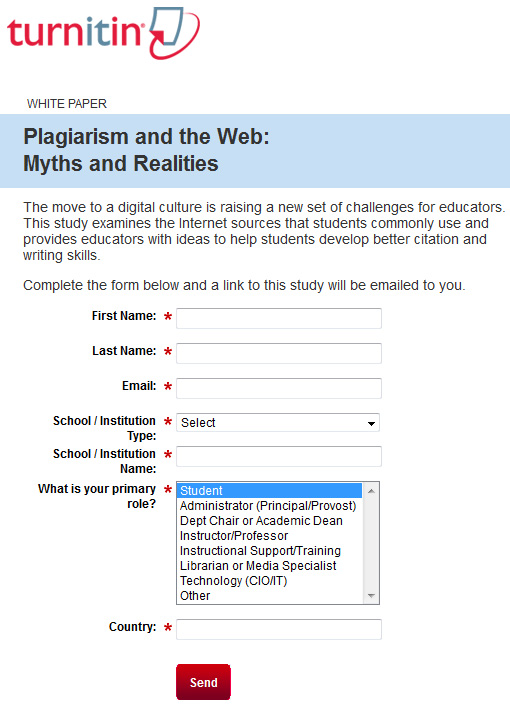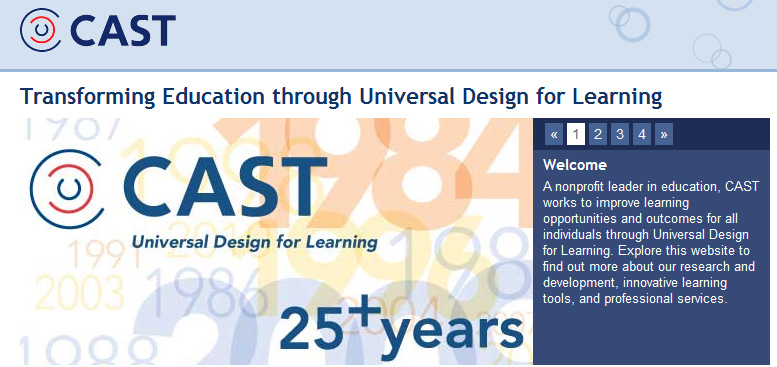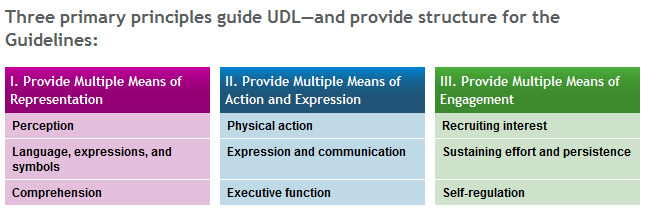PDK poll: Americans do trust teachers — from EdNet Insight by Anne Wujcik
Excerpt:
The 2011 annual PDK/Gallup Poll of the Public’s Attitudes Toward the Public Schools was released this week. Despite hearing more bad (68%) than good (28%) stories about teachers in the media, 71% of Americans have confidence in the teachers working in public schools. Supporting this belief, three of four Americans believe teachers should have flexibility to teach in the ways they think best rather than being required to follow a prescribed curriculum. Three of four say that they would encourage the brightest person they know to be a teacher; two of three said they would like to have a child of theirs choose a public-school teaching career. Teacher unions, governors and school boards did not fare as well in public opinion.



















